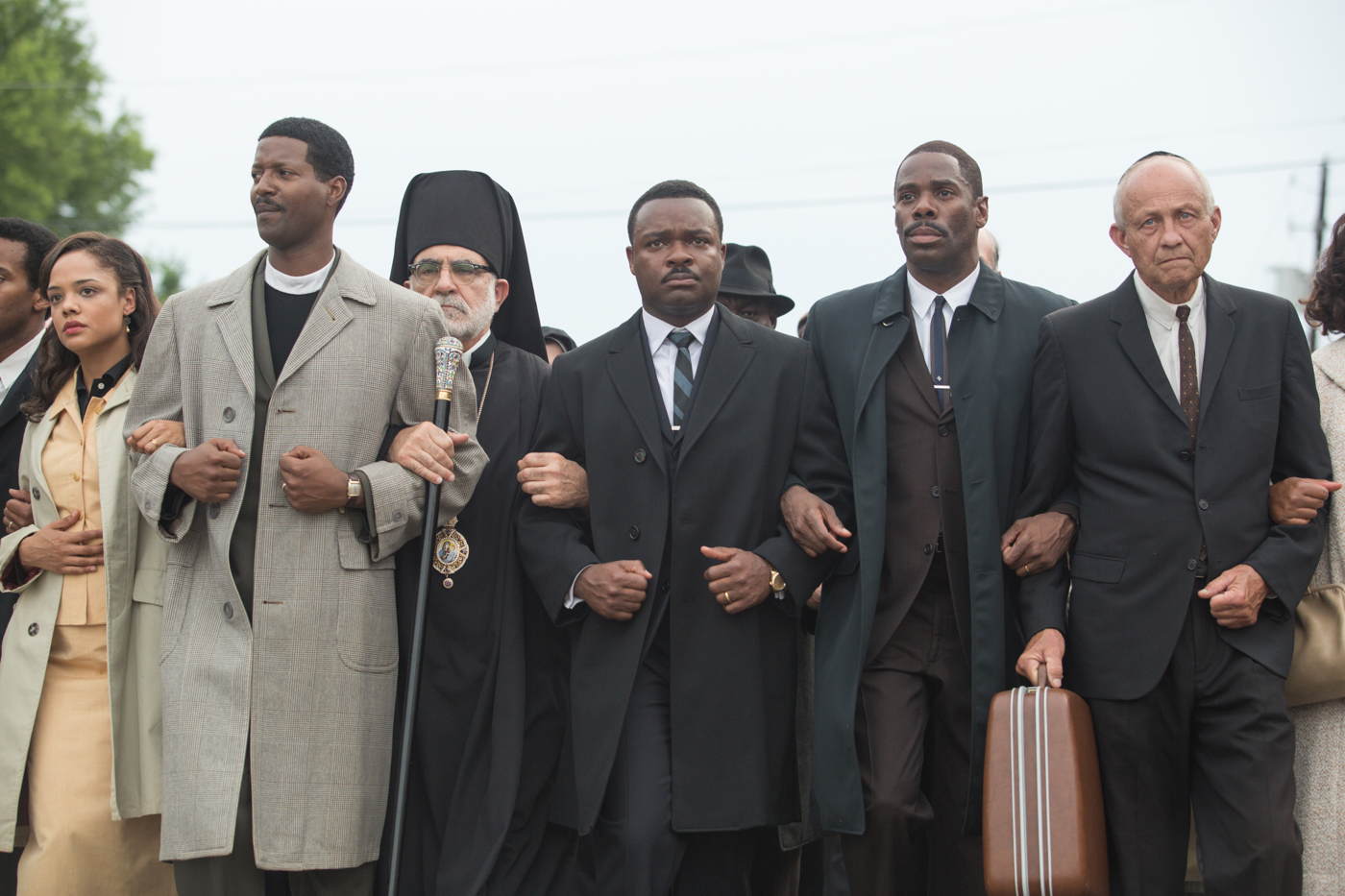Were you one of the many who after watching or reading any of The Hunger Games series written by Suzanne Collins and directed by Francis Lawrence, found Katniss Everdeen to be irritating – negative, whiny, and indecisive? Is this the kind of leader we aspire to emulate? Were you waiting for her to “own” her role as a leader and hero, to be self-assured in her actions, and – for goodness sake – pick a guy? But instead, she continues to be wishy-washy and sad. Are these the traits of a leader, let alone a servant leader? As irritating as her character can be, she is an excellent representation of a “leader as a symbol.”
Leaders as a symbol live in a reality where everything that is precious to them is sacrificed for the good of the masses. They are caught in a paradox; dammed if they choose to sacrifice theirs and their loved ones safety in order to serve the masses, and dammed if they don’t. Their principals and beliefs as a servant leader are so strong that if they chose to relinquish their role as the symbol of the movement, the guilt from that decision would weigh even more heavily on their lives.
These leaders live by an internal moral compass that focuses on humanity as a whole, versus self-serving interests. This is precisely the reason they are so inspirational. These leaders awaken in others the fortitude to look at their own internal morals and to take action, not just for themselves, but also for others.
A leader as a symbol, as seen by the public, inspires others to take part in a movement. All their actions and words are closely watched and listened to by the public. These leaders walk their talk, and live by and are steadfast in their principals and beliefs. This passion drives them to take action and to inspire others to do the same. Because they are seen as passionate, authentic, genuine individuals, willing to make significant sacrifices, others become inspired and motivated to follow their lead.
While these leaders appear to be the movement, they really are more of a symbolic representation of the movement, modeling the way for others. Their main contribution to the movement is their ability to inspire and call others to action. They are willing to sacrifice themselves, many times putting themselves in harm’s way, to show others it can be done. Their appearance in public is that of a strong, courageous, authentic individual – one that others are able to relate to, yet someone who also has a larger-than-life persona? that others aspire to emulate. However, the personal struggle these leaders face is rarely seen by the public.
Another example of a leader as a symbol is Martin Luther King, Jr. Compare the character of Katness to that of Martin Luther King, Jr., played by David Oyelowo in the movie Selma directed by Ava DuVernay and written by Paul Webb and Ava DuVernay. The undertone of this movie is one of deep sadness. DuVernay did an excellent job sharing the burden King felt in his role. Rarely do we see in a film the personal struggle which these leaders experience.
Both The Hunger Games and Selma allow the audience to be part of the struggle these leaders faced. They make a decision to sacrifice not only their own lives, but the lives of their loved ones as well. Is this Servant Leadership at its pinnacle?
Many individuals who create and shape a movement are part of a larger system that makes up the movement. While these leaders are a critical part of the movement, and are seen as the key player of the movement, they are surrounded by many others who help craft and orchestrate the actual movement. Many times they did not individually create the movement, but instead were called to serve the movement. As famously said by civil rights activist Ella Baker regarding Martin Luther King, Jr., “the movement made Martin rather than Martin making the movement.” (Silberman, 2015)
King was the symbol of faith, courage, and unstoppable belief. He gave his life to the movement. Yet, the movement continued on without him after his assassination. Although these leaders were not the movement, their role is significant and their sacrifice is usually the greatest.
These leaders as a symbol, whether fictitious or genuine, challenge us to live by our internal moral compass; to choose to be servant leaders in whatever way we are called. At times, that can be a struggle. Being a servant leader means making personal sacrifices. But that is what our society needs most of all – individuals who stand up for the rights of others, are compassionate to all, and are willing to sacrifice their own needs in order to serve others.
All of humanity is precious. These “leaders as symbols” model the way, and their sacrifices and struggles should and can be used to give each of us the strength and courage to serve others in our own way.

